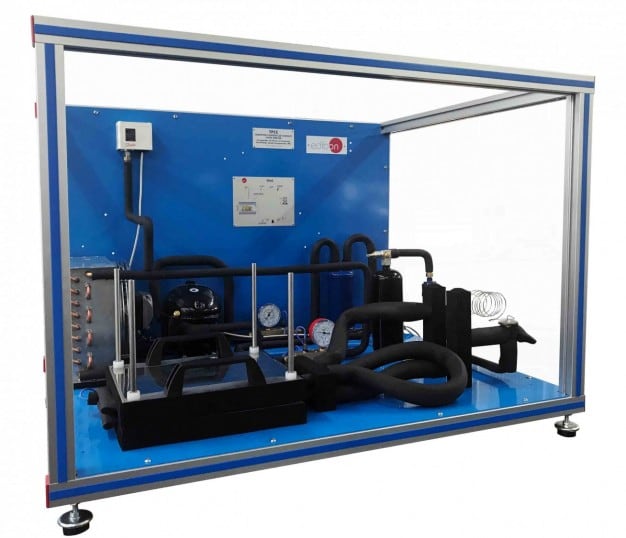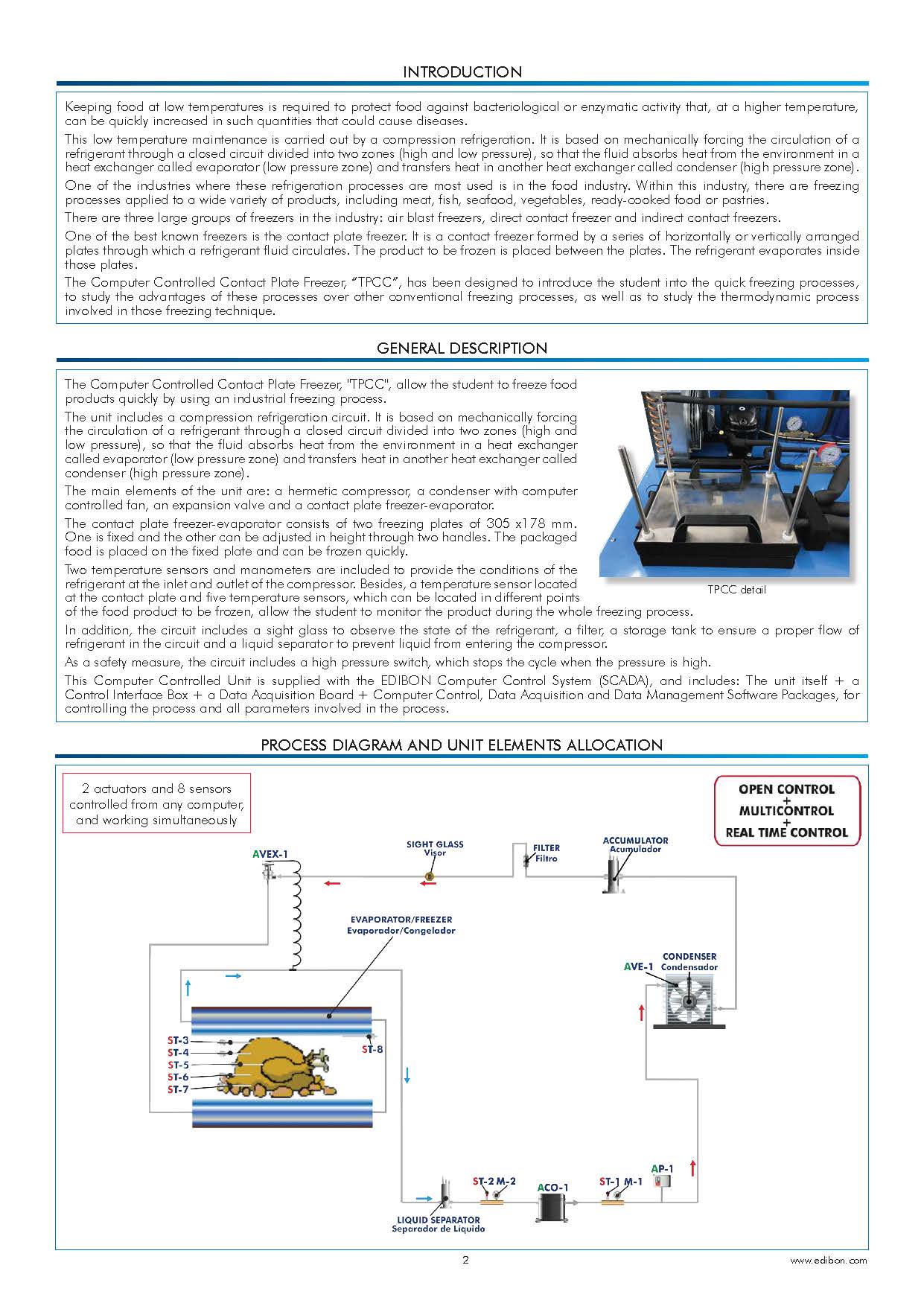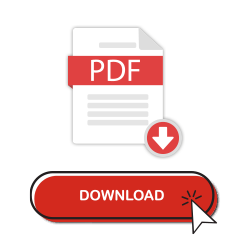
Computer Controlled Contact Plate Freezer
INTRODUCTION
Keeping food at low temperatures is required to protect food against bacteriological or enzymatic activity that, at a higher temperature, can be quickly increased in such quantities that could cause diseases.
This low temperature maintenance is carried out by a compression refrigeration. It is based on mechanically forcing the circulation of a refrigerant through a closed circuit divided into two zones (high and low pressure), so that the fluid absorbs heat from the environment in a heat exchanger called evaporator (low pressure zone) and transfers heat in another heat exchanger called condenser (high pressure zone).
One of the industries where these refrigeration processes are most used is in the food industry. Within this industry, there are freezing processes applied to a wide variety of products, including meat, fish, seafood, vegetables, ready-cooked food or pastries.
There are three large groups of freezers in the industry: air blast freezers, direct contact freezer and indirect contact freezers.
One of the best known freezers is the contact plate freezer. It is a contact freezer formed by a series of horizontally or vertically arranged plates through which a refrigerant fluid circulates. The product to be frozen is placed between the plates. The refrigerant evaporates inside those plates.
The Computer Controlled Contact Plate Freezer, “TPCC”, has been designed to introduce the student into the quick freezing processes, to study the advantages of these processes over other conventional freezing processes, as well as to study the thermodynamic process involved in those freezing technique.
EXERCISES AND PRACTICAL POSSIBILITIES TO BE DONE WITH THE MAIN ITEMS
- Study of industrial freezing processes in terms of preservation and effects on food.
- Investigate the effect of the freezing process on the morphological characteristics of food: size, shape, etc.
- Differences between freezing at home and industrial freezing (deep-freezing).
- Assess the effect of freezing rates on food preservation.
- Thermodynamic description of the process through temperature sensors.
- Evaluation of taste and texture.
- Study of the structural, composition and sensory effects of deepfreezing and thawing process.
- Study of the fundamentals of a deep-freezing system.
- Study of the operation, structure and elements of a deep-freezing system.
- Analysis of the freezing curves.
- Analysis of the theoretical freezing times.
Additional practical possibilities: - Connections with physics (refrigeration) and biology (structure of foods).
- Study the effect of the temperature on bacteria.
- Sensors calibration.
Other possibilities to be done with this Unit: - Many students view results simultaneously.
To view all results in real time in the classroom by means of a projector or an electronic whiteboard. - Open Control, Multicontrol and Real Time Control.
This unit allows intrinsically and/or extrinsically to change the span, gains; proportional, integral, derivative parameters; etc, in real time. - The Computer Control System with SCADA allows a real industrial simulation.
- This unit is totally safe as uses mechanical, electrical/electronic, and software safety devices.
- This unit can be used for doing applied research.
- This unit can be used for giving training courses to Industries even to other Technical Education Institutions.
- Control of the TPCC unit process through the control interface box without the computer.
- Visualization of all the sensors values used in the TPCC unit process.
– By using PLC-PI additional 19 more exercises can be done.
– Several other exercises can be done and designed by the user.



